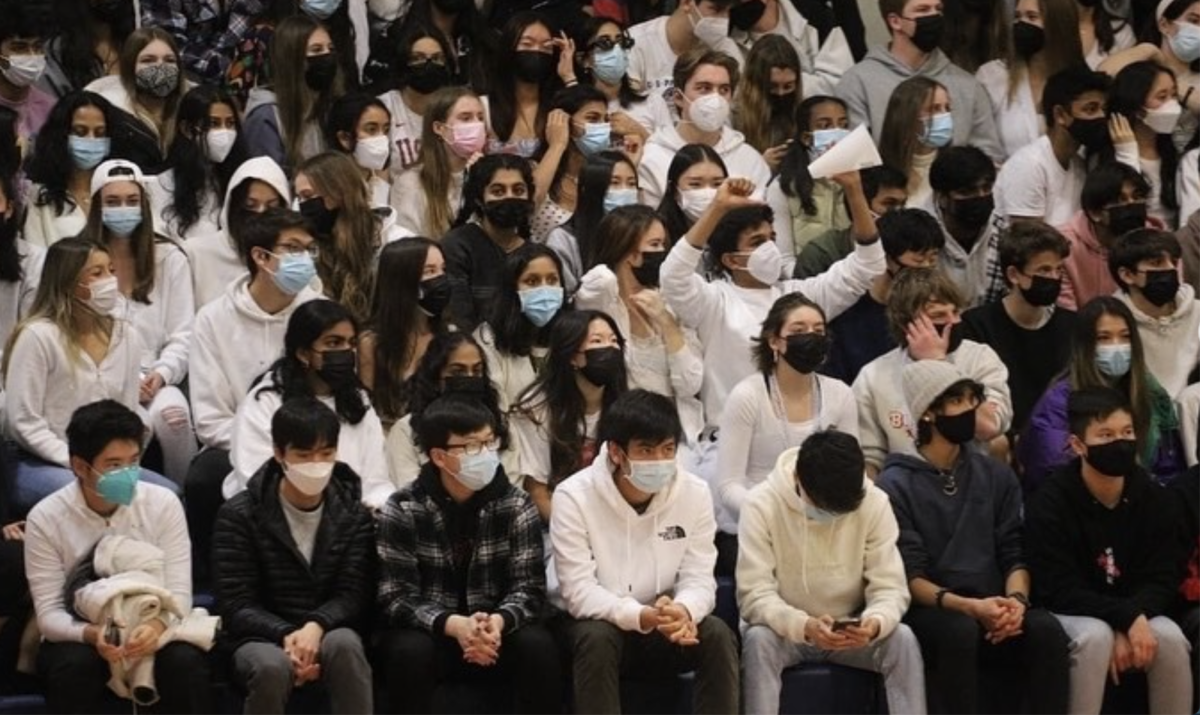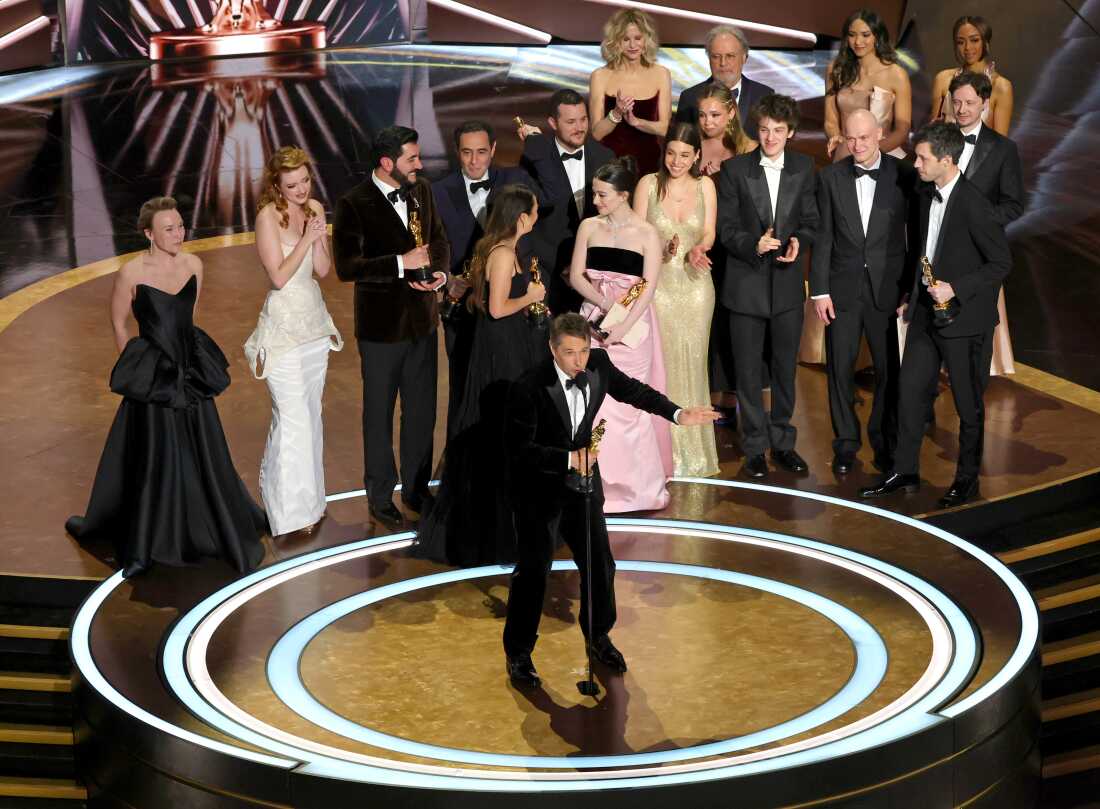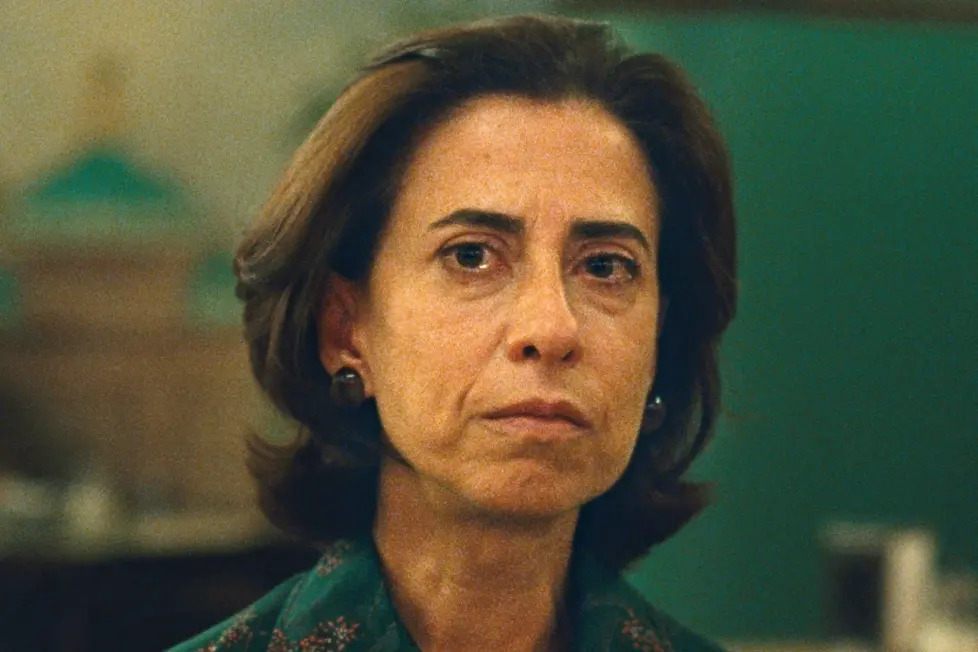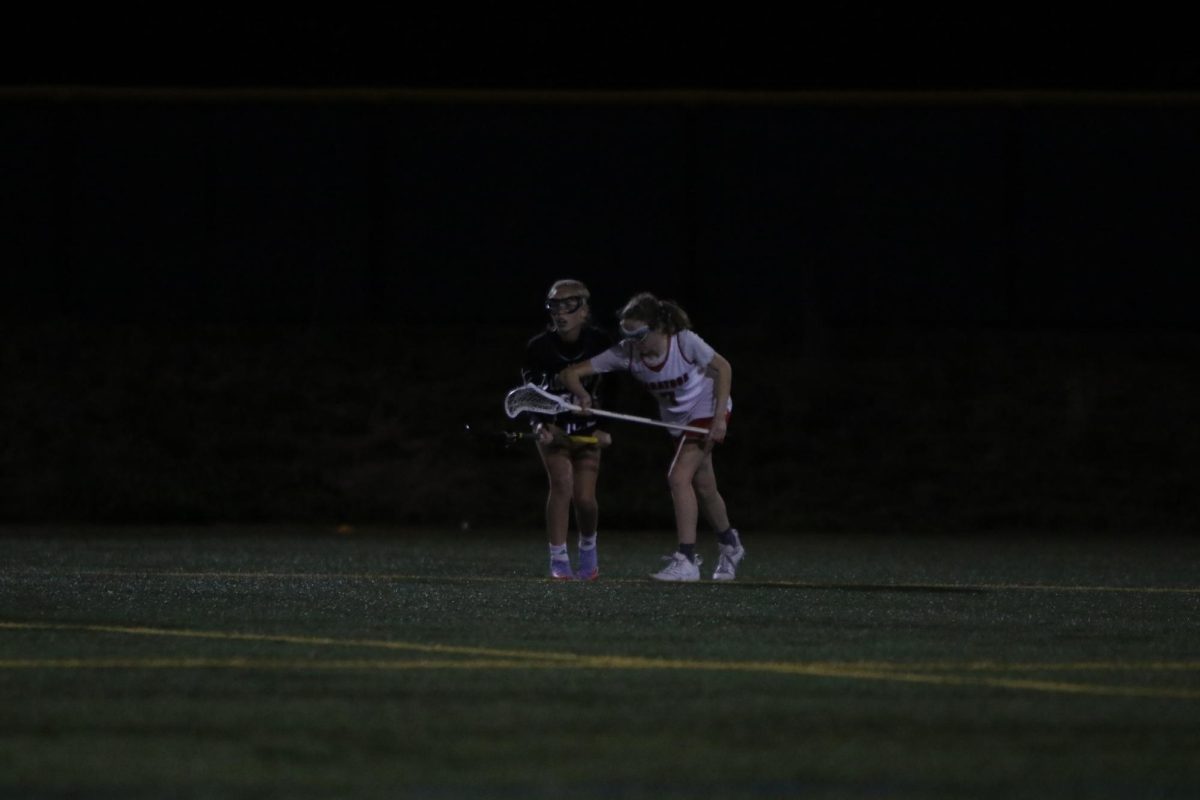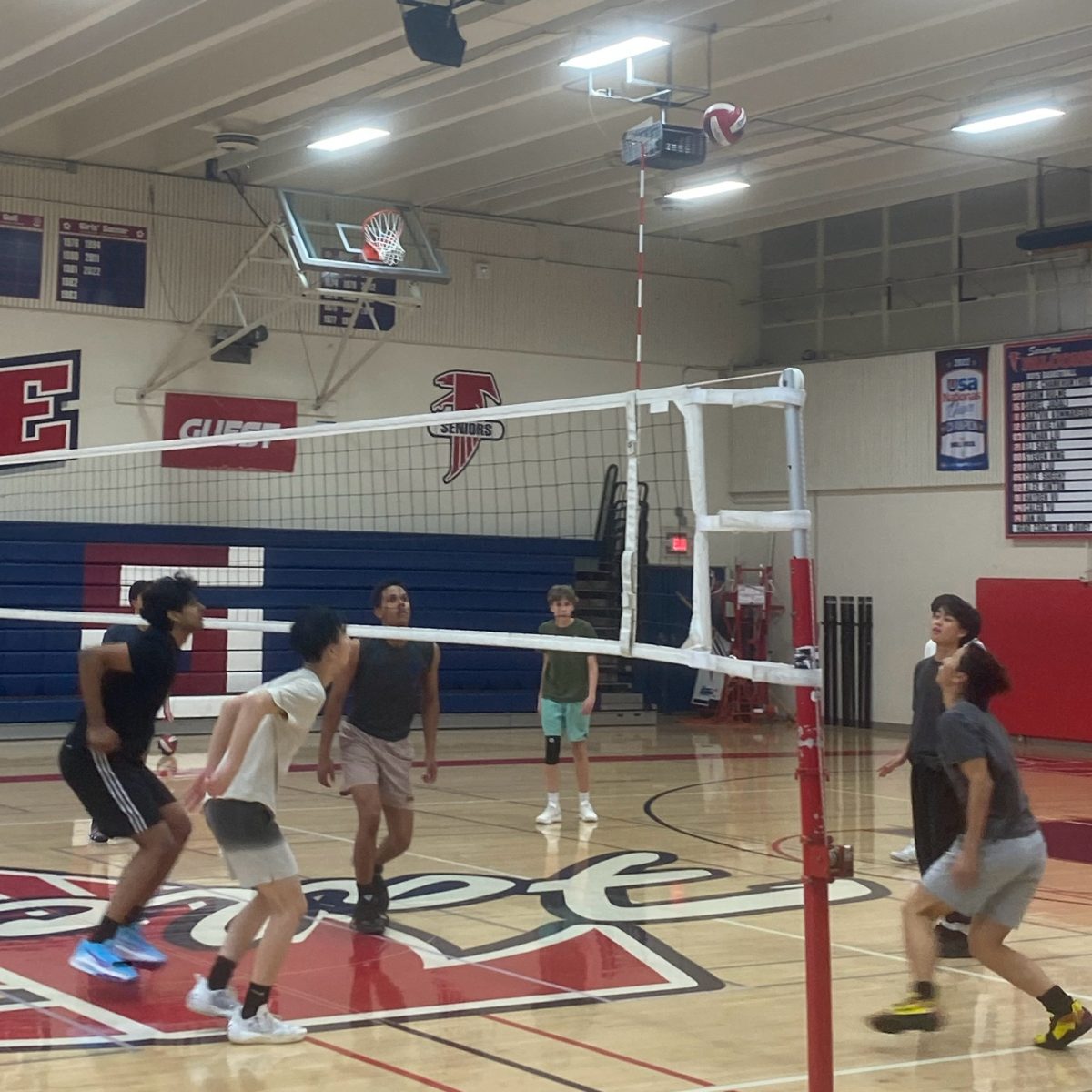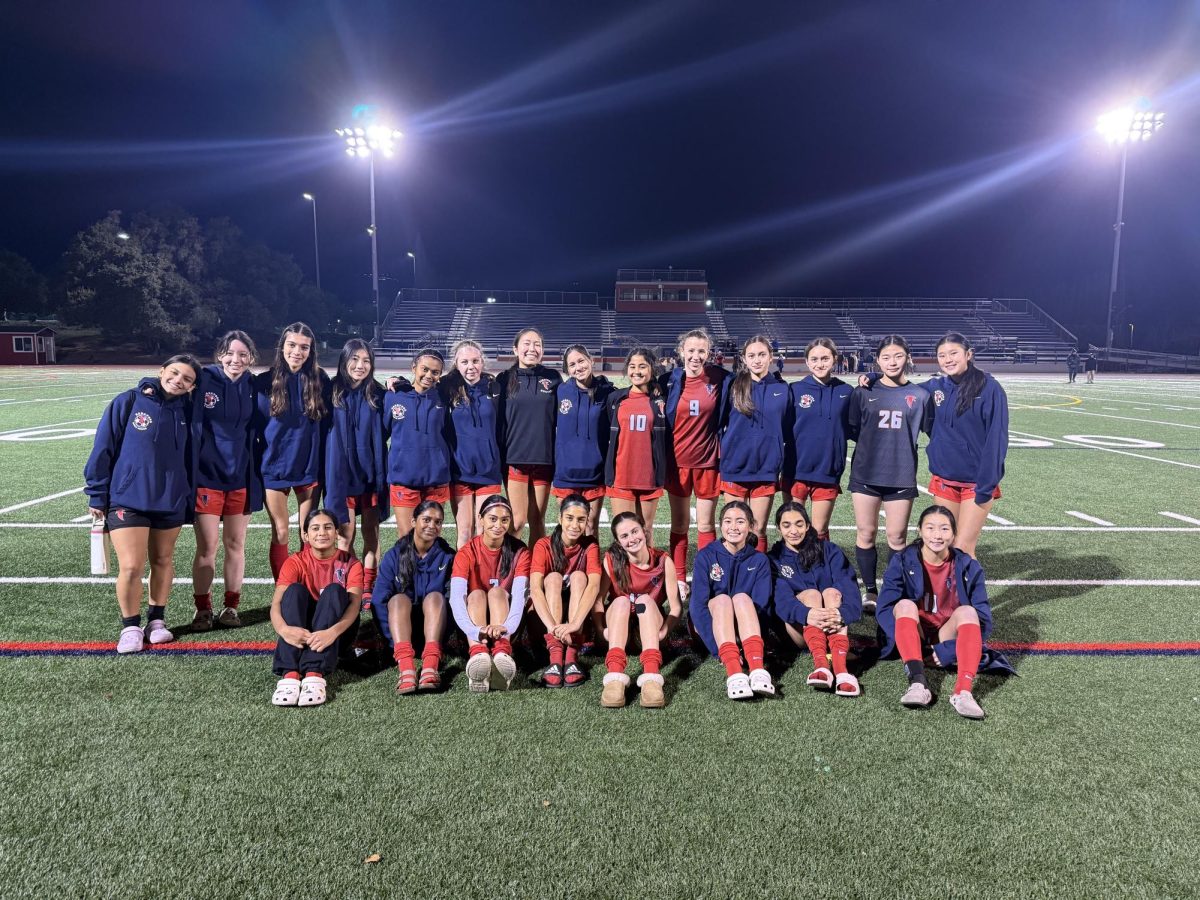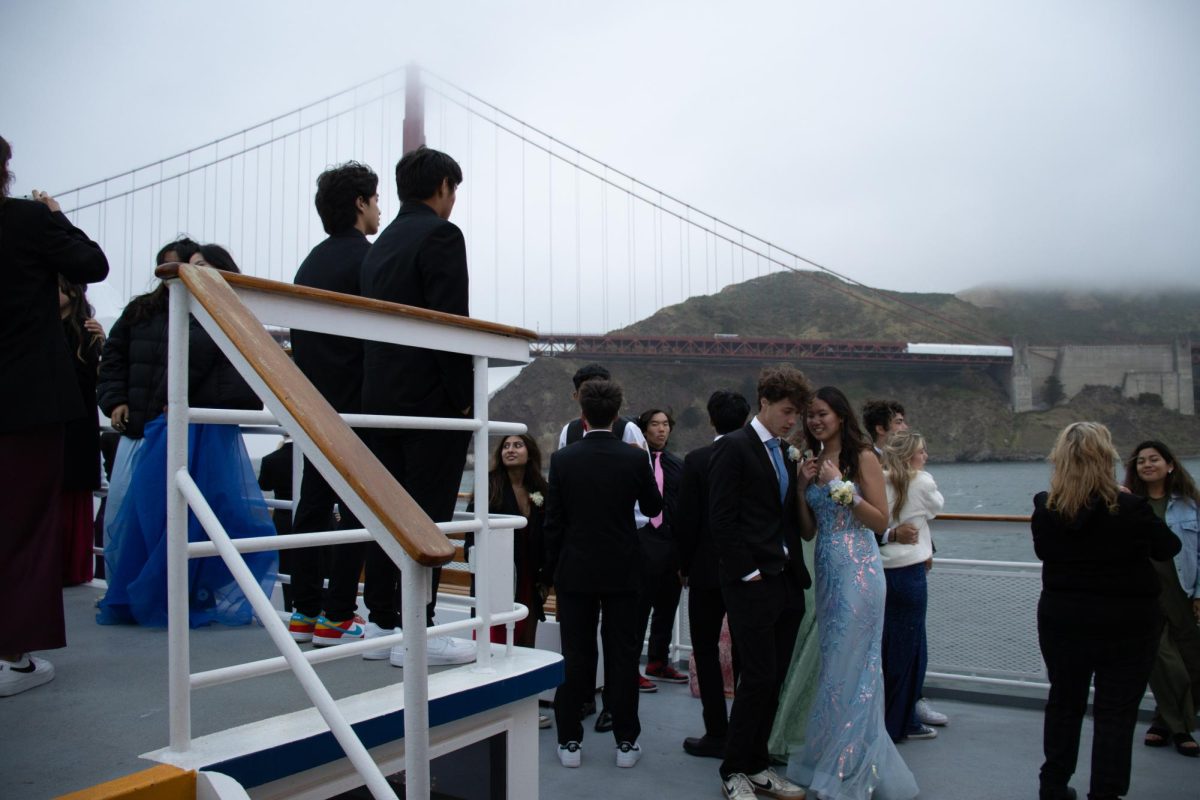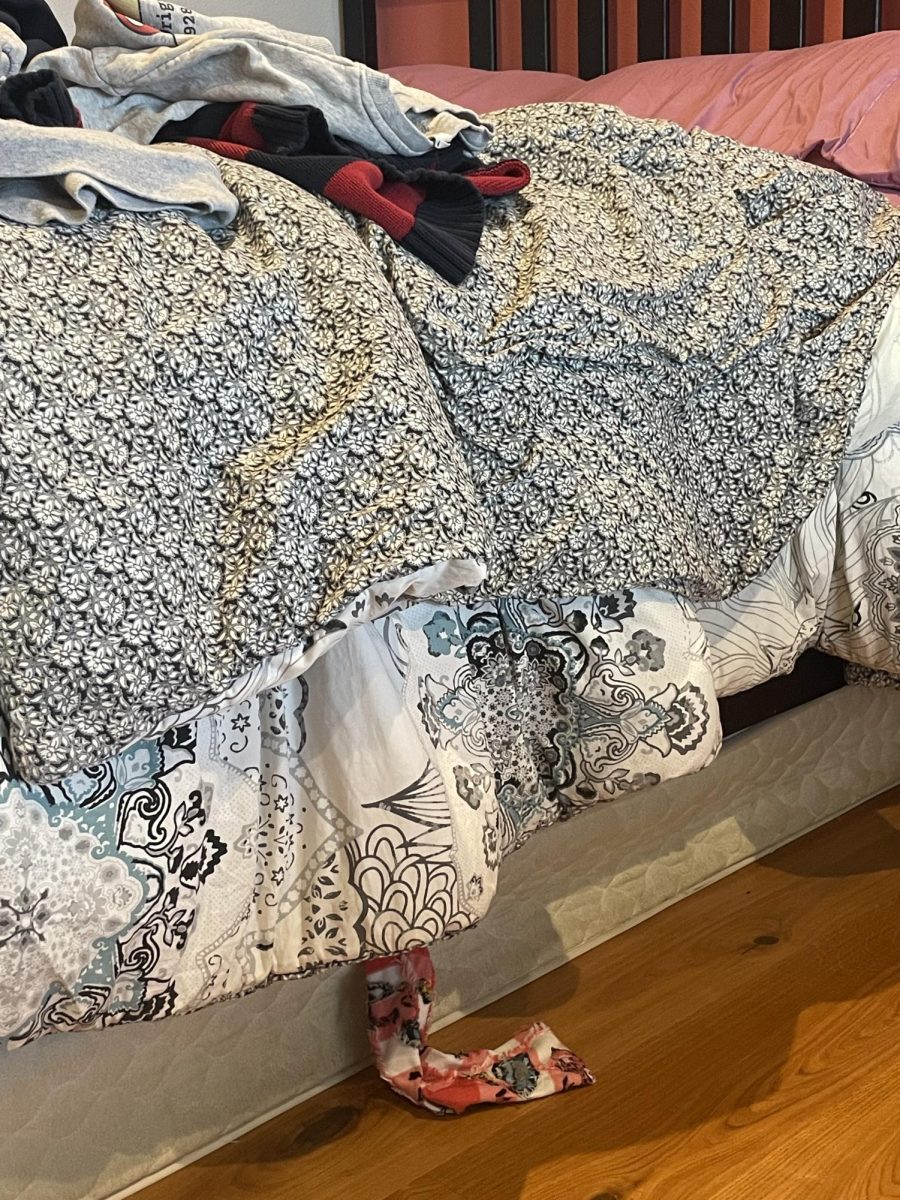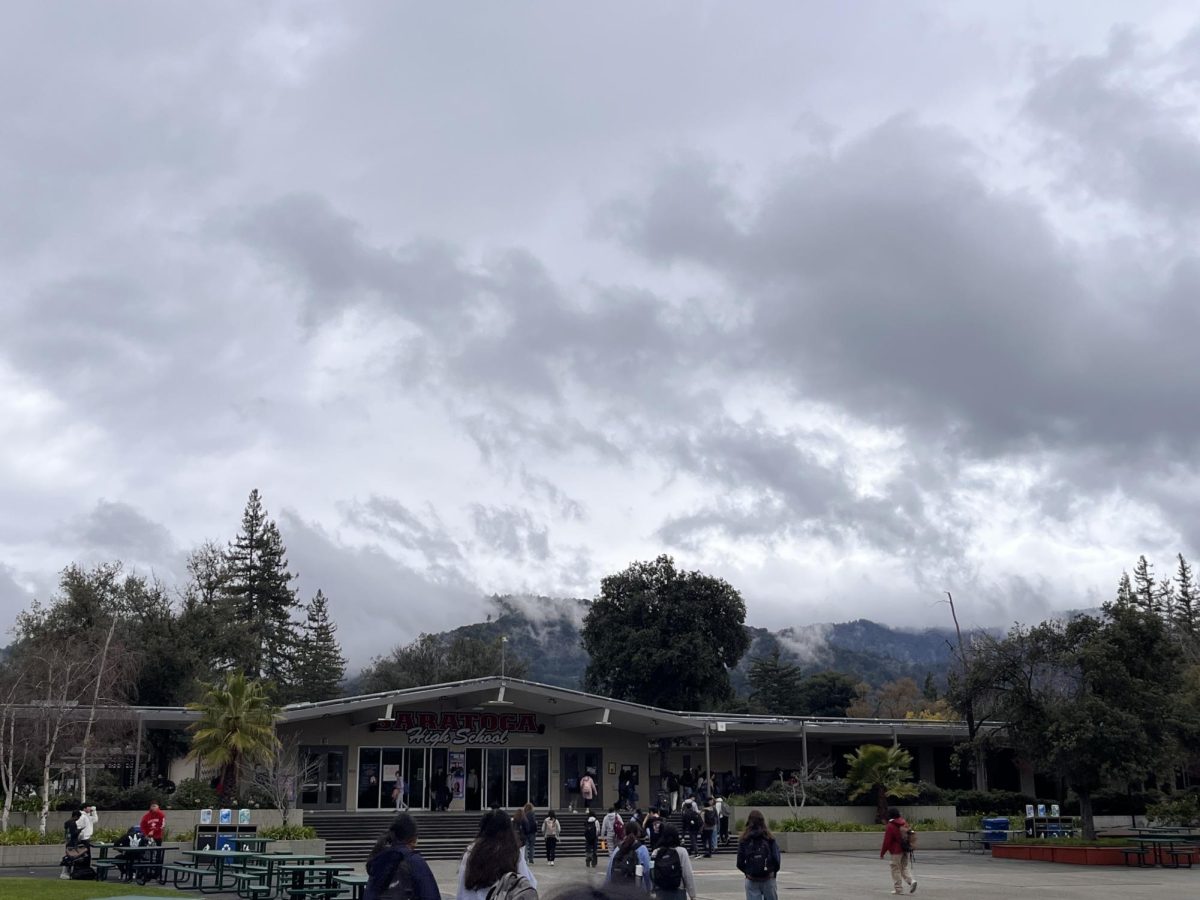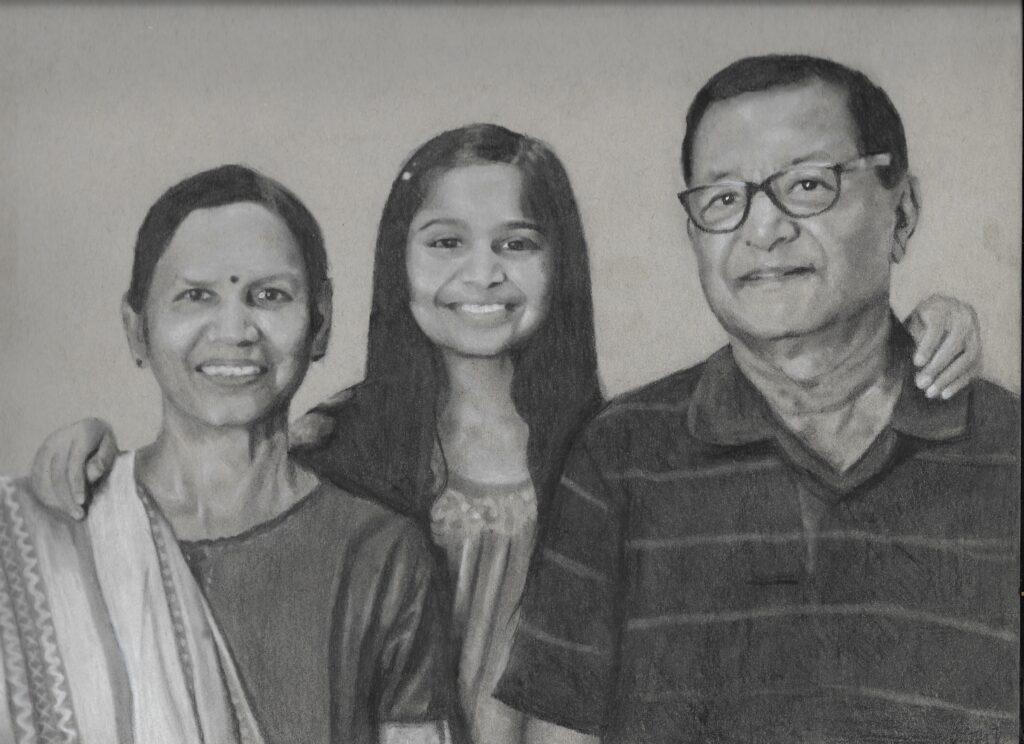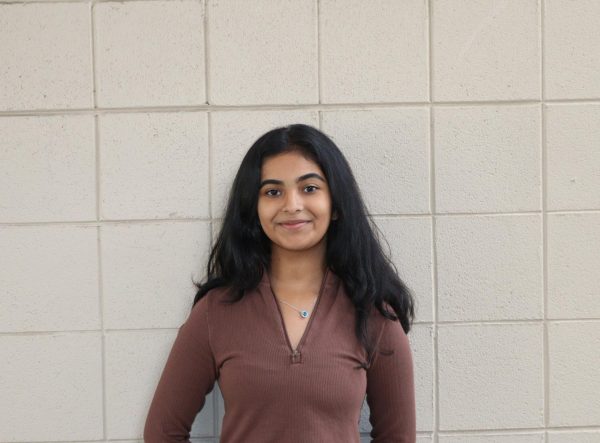When I was 10, I loved oil painting, a distinctively-smelling, long-drying and vibrant medium. After school, when my mom dropped me off at Young at Art — an art studio in Sunnyvale — I would open its familiar doors and bathe in the scent of the linseed oil that would latch onto my clothes and follow me home after class.
I stopped the painting classes I’d been attending for six years when the pandemic hit, leaving my creative ambitions to run rampant in the solitude of quarantine. Desiring something different, I left behind the better part of a decade of linseed oil, waxy paint and picturesque landscapes to dedicate myself to its complete antithesis: monochromatic, hyper-realistic charcoal portraits.
One of my first pieces was a hyper-realistic portrait of Taylor Swift. My friend’s birthday was around the corner, and since she was a big Swiftie, a Swift-themed gift was an obvious choice. Convinced I should give her a drawing of the singer, I scrolled through the internet and came upon a striking black and white charcoal drawing of Swift in her “Reputation” era, with her hands shielding her face and her eyes peeking out enigmatically. Set on recreating it exactly, I ordered my supplies.
For five hours, I locked myself in my bathroom, which had a large enough counter space to spread all my newly purchased pencils and gray-toned multimedia paper. I lacked the medium-specific technique that working with charcoals required, but utilizing my general knowledge of value and composition, I crafted something similar to the reference picture.
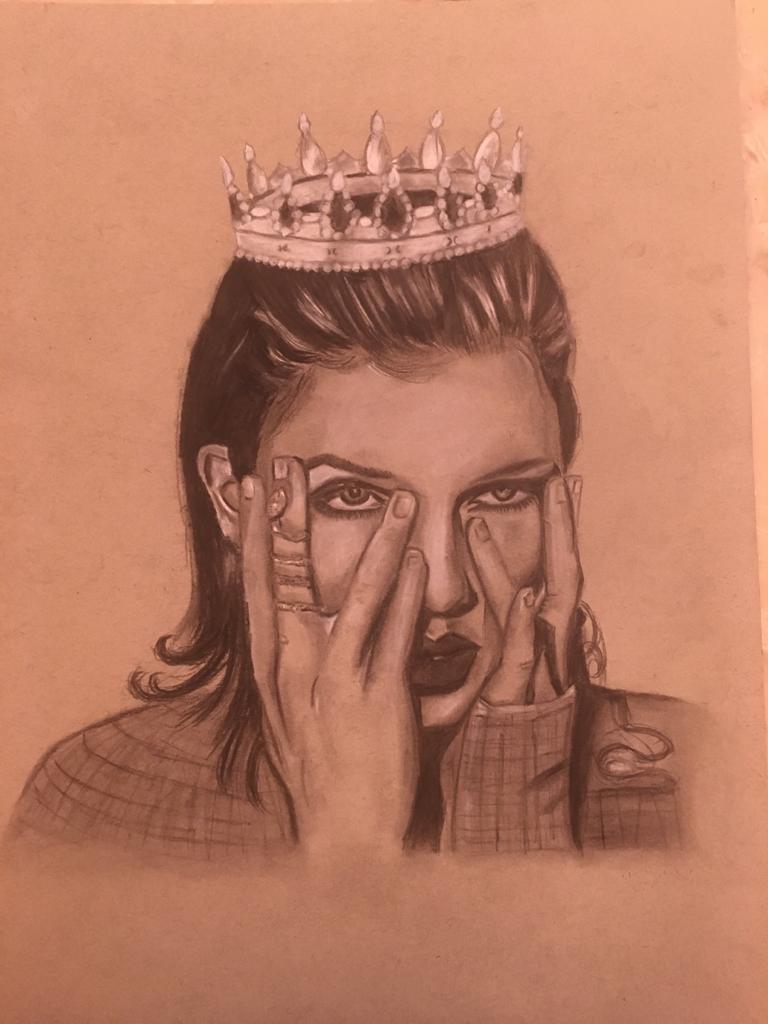
Photo by Divya Vadlakonda
This drawing of Taylor Swift propelled my interest in charcoal work.
I sectioned each part of the face, hands and arms, dedicating my utmost focus to each by intently applying pressure where darker values were and excitedly overusing the white charcoal to add highlights. Thrilled that I was pulling off this unthinkable feat and high on adrenaline, I snapped a picture of each section once I was done as if to prove that it really happened.
At last, my magnum opus, the product of hours of focused work, was complete. My heart soared, following me outside the bathroom to my parents. I held it up and they validated my excitement.
When it was time to give my friend her gift at last, her reaction made it worth all the effort. Struck by a bolt of sudden anticipation and restlessness, I realized that I could make something more out of this new medium. If I could replicate what I just did with the same passion, I could inspire a similar reaction out of others.
I spent that summer almost exclusively in my bathroom-art studio, feverishly working on new pieces like I was chasing something bigger. But at that point there was no other goal than to keep doing it for the joy it brought me. The portraits became a birthday staple: I drew a childhood picture of me and my brother for his birthday, a baby picture of my friend for hers and, most memorably, a portrait of my grandparents for my dad.
My grandfather had passed away a year before during quarantine, and my grandmother three years prior to him. My grandparents had been living with us since before I was born, and being cooped up in the same house was all-consuming and lonely for them. Their passing was hard for all of us, but I felt my dad’s grief the most.
Drawing their picture hyper-realistically was a way to commemorate the impact they had on my life — not only to recreate them exactly how I remembered and solidify their memory, but also to let my dad know that they would always reside in our house. I remember the way my throat closed in and my eyes burned hot when I gave him the piece, embarrassed that I let something as simple as this overcome me so easily.
The phrase “art imitates life and life imitates art” had taken on a more personal meaning in my life, and it was about to take center stage. In the summer of 2022, I decided to distribute a Google Form to people interested in ordering portrait commissions and donate the proceeds to Second Harvest Food Bank. Those weeks were defined by countless hours in my room watching “Stranger Things” on my computer while feverishly completing orders. It was time-consuming, but it was so worth it.
Though repetition has allowed my technique to evolve from the sectioned style of my first drawing of Taylor Swift to a more layered approach, the emotion behind it has not changed. My work with charcoal has been limited to real-life replication so far, but I find a certain magic in it that can’t be found with works that are abstract or whimsical. Direct imitation from picture to paper is a more unconventional yet intimate way to know someone; to recognize the wrinkles around their eyes or the distinctive curve of their smile — that is a different kind of magic that makes my heart soar.

